In a speech today, Fed Chair Jerome Powell underscored the ongoing battle with inflation, asserting, “Inflation pressures continue to run high, and the process of getting inflation back down to 2 percent has a long way to go.”
He added that “a strong majority of Committee participants expect that it will be appropriate to raise interest rates two or more times by the end of the year,” referring to the latest dot plot.
Powell painted a mixed picture of the U.S. economy. He noted that “recent indicators suggest that economic activity has continued to expand at a modest pace.” He also pointed to the effects of higher interest rates and slower output growth on business fixed investment.
His comments also highlight the persistent tightness in the labor market. “Over the past three months, payroll job gains have been robust,” Powell said, adding that “labor demand still substantially exceeds the supply of available workers.” Nevertheless, he also observed “some easing in nominal wage growth, and declining vacancies.”




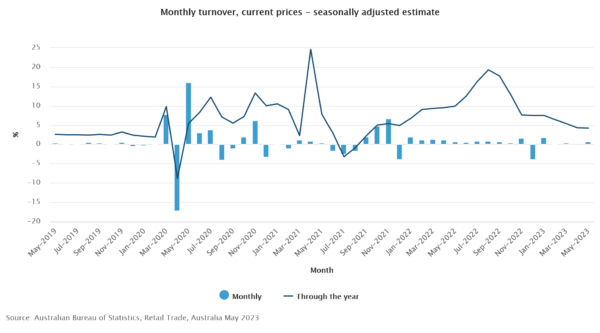
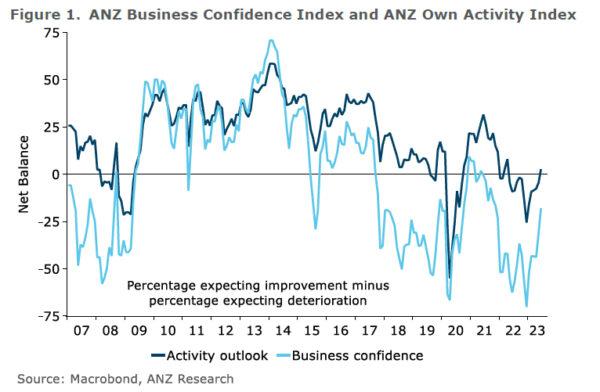
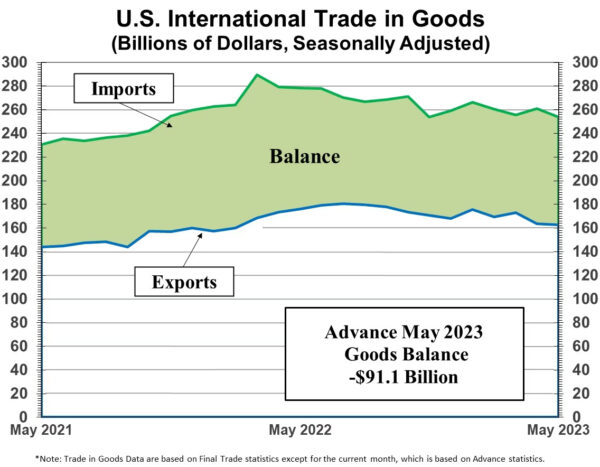
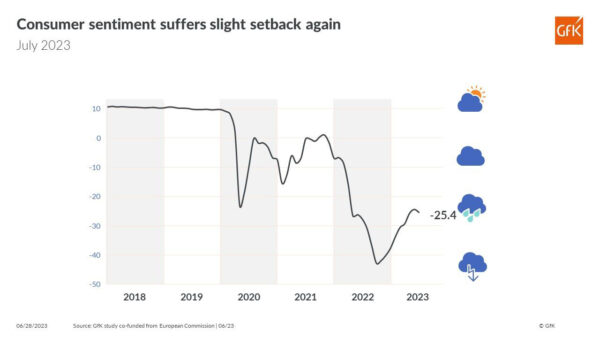
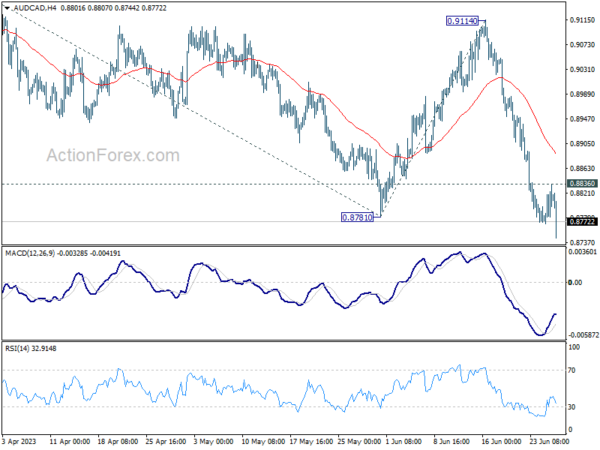
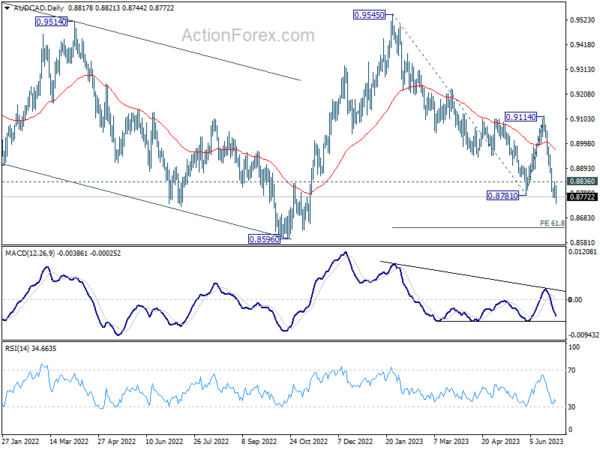
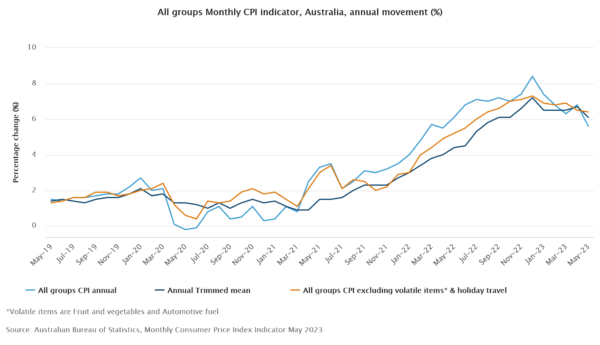
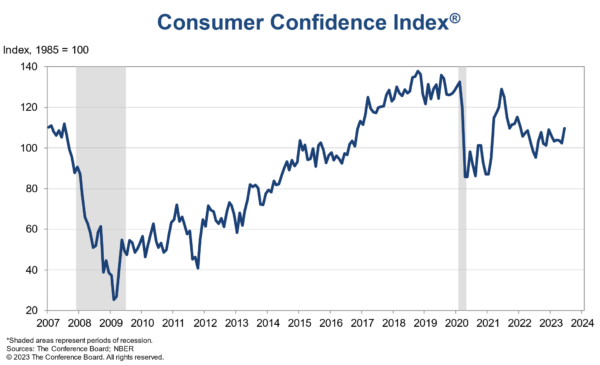
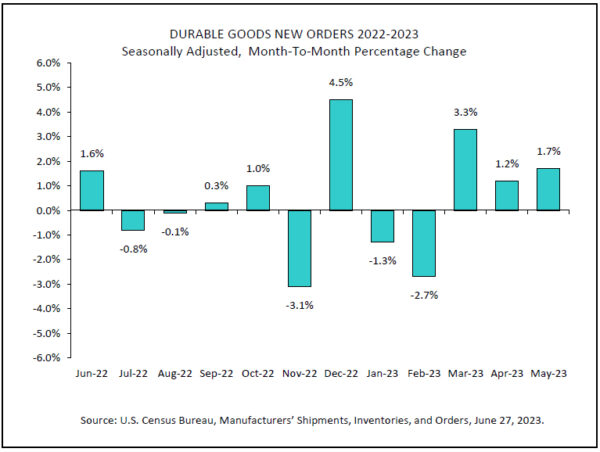
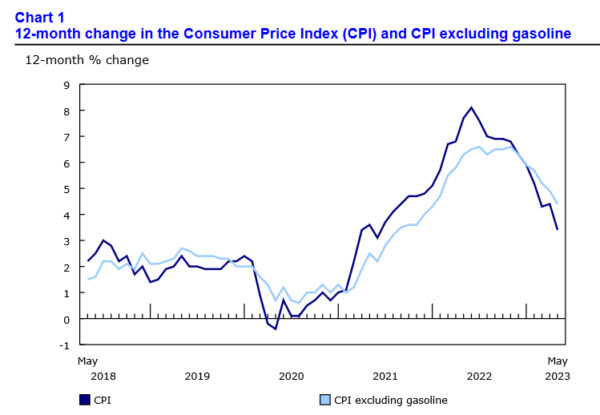
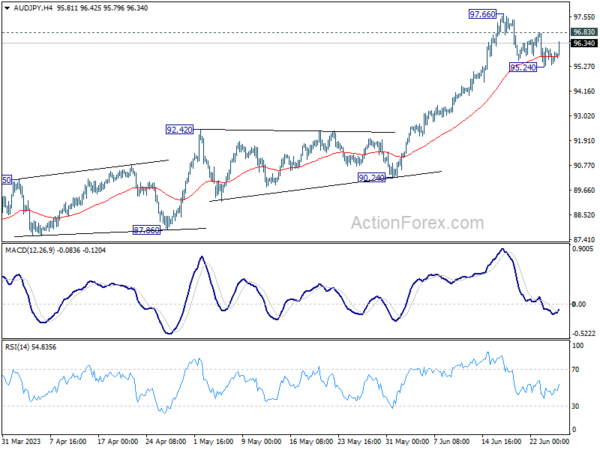
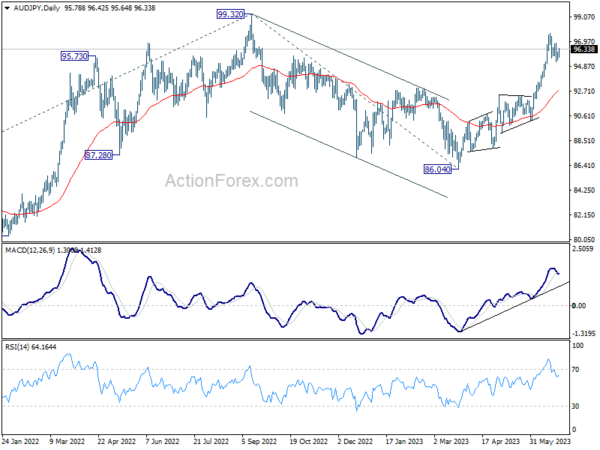
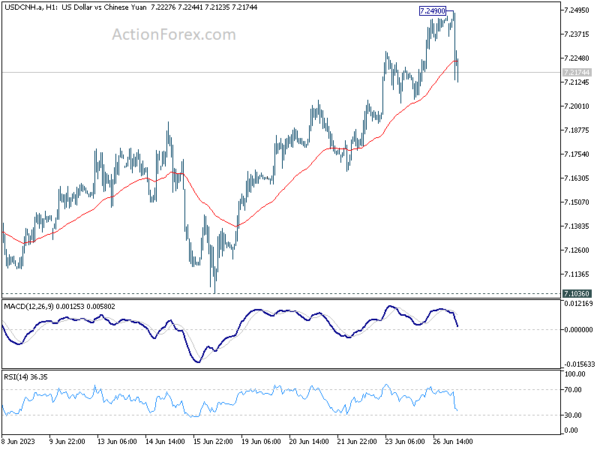
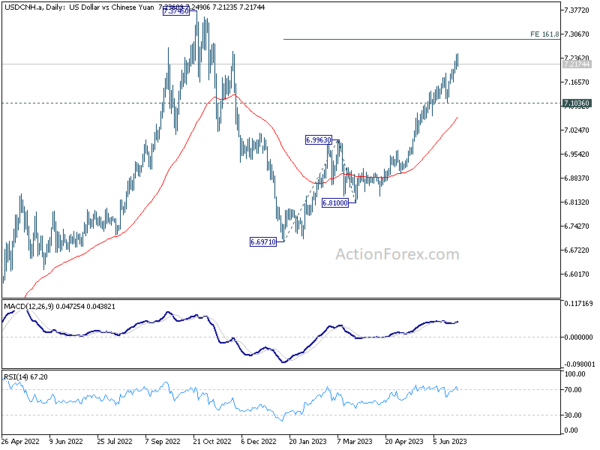

Eurozone economic sentiment fell to 95.3, EU down to 94.0
Eurozone Economic Sentiment Indicator dropped from 96.4 to 95.3 in June, slightly below expectation of 96.0. Employment Expectations Indicator rose from 104.6 to 105.0. Economic Uncertainty Indicator dropped from 21.6 to 20.4. Industry confidence fell from -5.3 to -7.2. Services confidence fell from 7.1 to 5.7. Retail trade confidence fell from -5.3 to -6.0. Construction confidence fell from -0.3 to -2.0. Consumer confidence improved from -17.4 to -16.1.
EU Economic Sentiment Indicator fell from 95.1 to 94.0. Employment Expectation Indicator rose from 103.9 to 104.3. Economic Uncertainty Indicator dropped from 21.2 to 20.1. Amongst the largest EU economies, the ESI deteriorated in Germany (-1.9), Italy (-1.1), the Netherlands (-1.0) and Spain (-0.9), while it remained virtually unchanged in Poland (-0.1) and improved in France (+0.8).
Full Eurozone ESI release here.